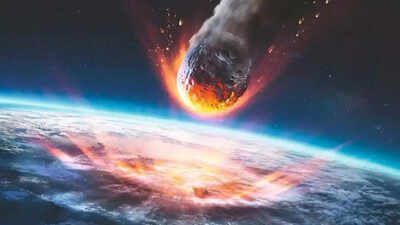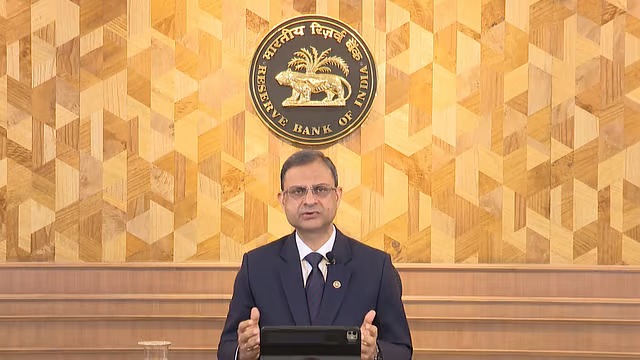The year 2025 is shaping up to be a banner period for space science, as astronomers and agencies worldwide have announced a cascade of new asteroid findings, transformative space missions, and groundbreaking cosmological discoveries. From house-sized space rocks buzzing past Earth, to major spaceflight and planetary science milestones, to discoveries hinting at life beyond our planet, the cosmos has never been more compelling or accessible.
Asteroids: Close Calls and a Watchful Eye
Asteroids have captured global headlines throughout 2025. In August alone, NASA tracked multiple close approaches of sizable near-Earth objects (NEOs), showcasing both the growing prowess of planetary defense efforts and the dynamic nature of our solar neighborhood. Notably, on August 17, the 55-foot-wide asteroid 2025 PM made a flyby at a distance of 654,000 miles—highlighting the importance of continued vigilance, as this space rock zipped past at 17,717mph.
Earlier in the month, two particularly large asteroids, (2025 OJ1) and (2019 CO1), measuring 300 and 200 feet across respectively, safely sailed past Earth at distances of 3.2 and 4.24 million miles. While NASA confirmed neither posed an immediate risk, their substantial size underlines the significance of early detection and close monitoring. These approaches, and similar events like the July 28 passage of “plane-sized” asteroid 2025 OW at 393,000 miles, reinforce the importance of global collaboration and investment in planetary defense infrastructure, including new observatories and rapid-response tracking.
Planetary Science Breakthroughs and Missions
Beyond asteroids, 2025 has seen its share of dazzling space science news:
China’s Tianwen-2 Mission: In May, China launched a bold asteroid sample-return and comet-probing mission, destined to rendezvous with near-Earth asteroid 469219 Kamo'oalewa in 2026. This mission aims to return samples to Earth, while a subsequent phase will see the spacecraft visit a mysterious main-belt comet—marking an ambitious, multi-target approach to understanding solar system origins.
NASA’s Artemis and Commercial Lunar Payload Services (CLPS): The year saw numerous lunar missions, including successful landings by Firefly Aerospace’s Blue Ghost and Intuitive Machines’ IM-2, both of which delivered critical scientific payloads to the lunar surface. These missions, co-funded by NASA, transmitted unprecedented high-definition lunar horizon imagery and vital data about lunar water cycles, setting the stage for future crewed Artemis landings.
Historic Spaceflight Achievements: Early 2025 witnessed Blue Origin's first flight of the ambitious New Glenn rocket, establishing reusable launch vehicle credibility, while Indian Space Research Organization (ISRO) celebrated a successful dual satellite docking—a technological leap for the country.
Astronomy and the Search for Life
2025 has also delivered revelations from deep space and the search for life:
James Webb Space Telescope (JWST): Astronomers using JWST have confirmed the existence of planet types previously unimagined in our solar system. One breakthrough this year was the identification of an exoplanet with an atmosphere different from the hydrogen- or water-rich envelopes seen before—a world that may unlock new clues about planet formation and even potential biosignatures.
New Moons and Exoplanets: Saturn’s moon count has expanded once again in 2025, with new natural satellites identified and tracked, while more Earth-like exoplanets populate the catalogs, feeding scientific hopes for eventual detection of habitable worlds.
Hints of Life Beyond Earth: New data from missions orbiting Venus and Mars continue to offer tantalizing (if still uncertain) evidence of habitability or biological activity, with researchers reporting measurements of potential organic molecules in Venus’s clouds and deeper understanding of Mars’s vanished atmosphere.
The Year of Quantum Leaps—Looking Forward
From medical applications of space technology to quantum computing advances and the deployment of private satellite constellations (Amazon’s Kuiper and Starlink upgrades), the science of 2025 is marked by speed, global participation, and a renewed “space race” spirit. Astronomers stress that every asteroid flyby or planetary landing is not just a technical achievement but a major stride in understanding our shared cosmic heritage—and, possibly, our future.
As humanity’s eyes remain fixed on the heavens, one message is clear: the universe is teeming with mysteries, and 2025 is a year in which science took another powerful step toward unveiling them.
Sources: Newsweek, Times of India, IndiaTV News, SETI Institute, Wikipedia, Cosmos Magazine, Times Life, NASA Science






